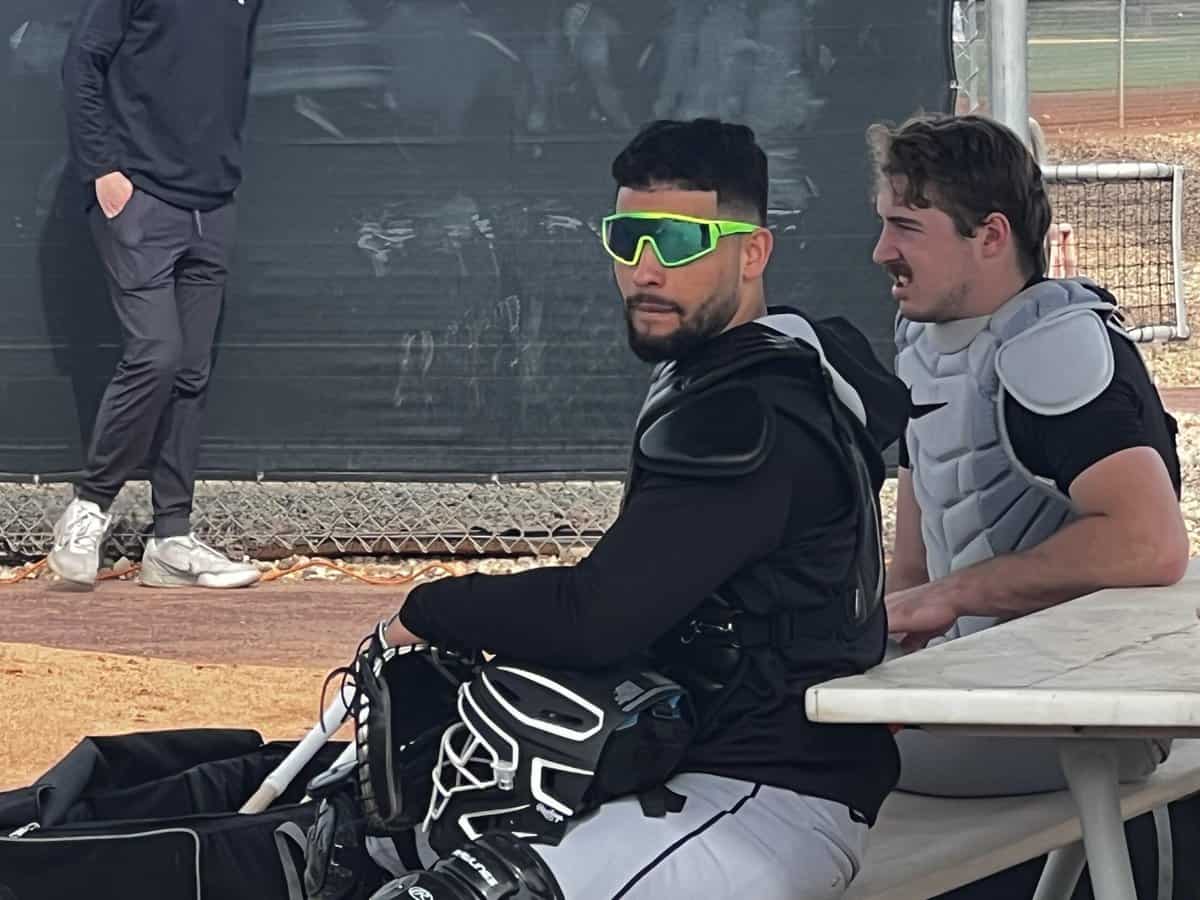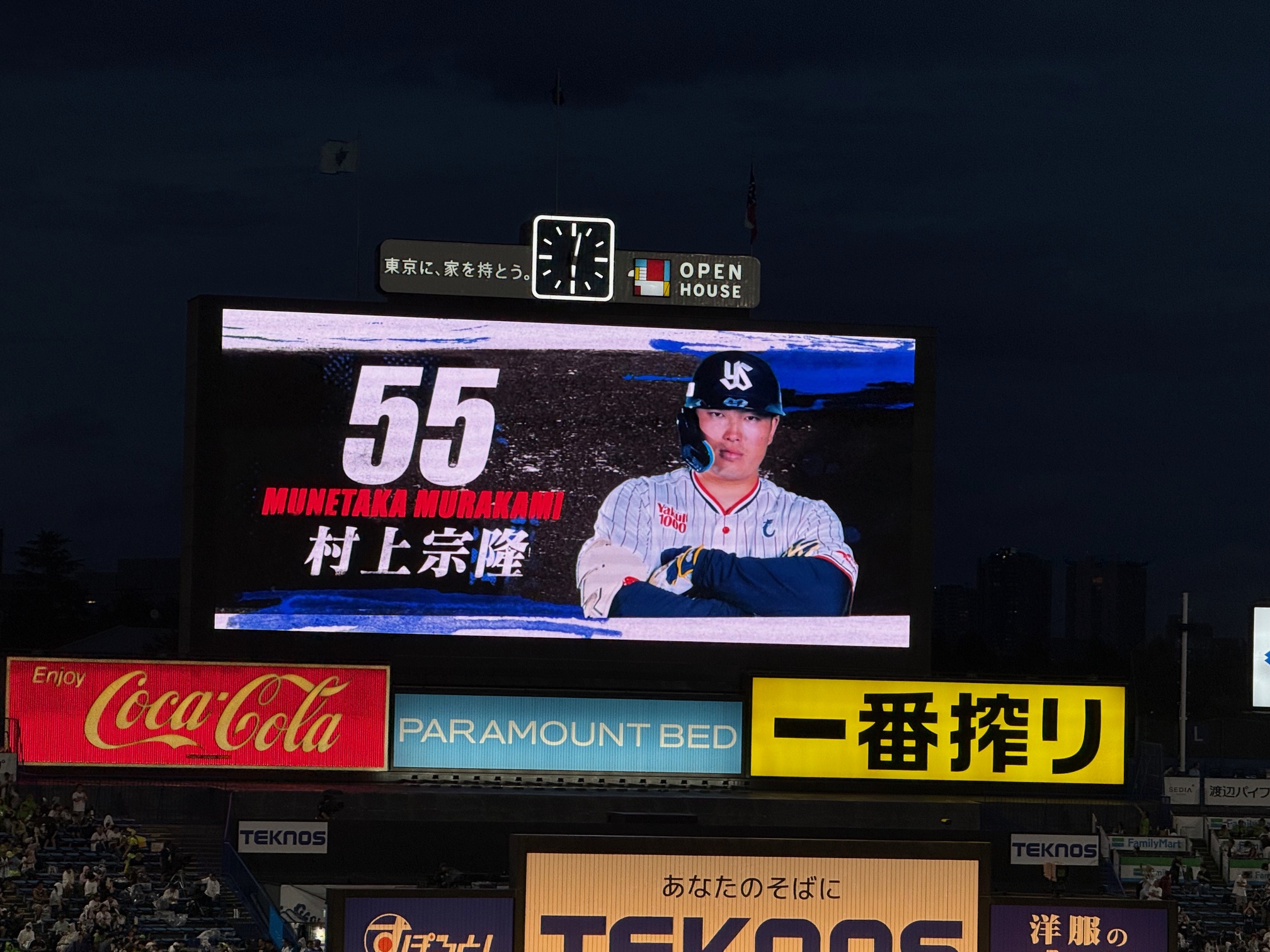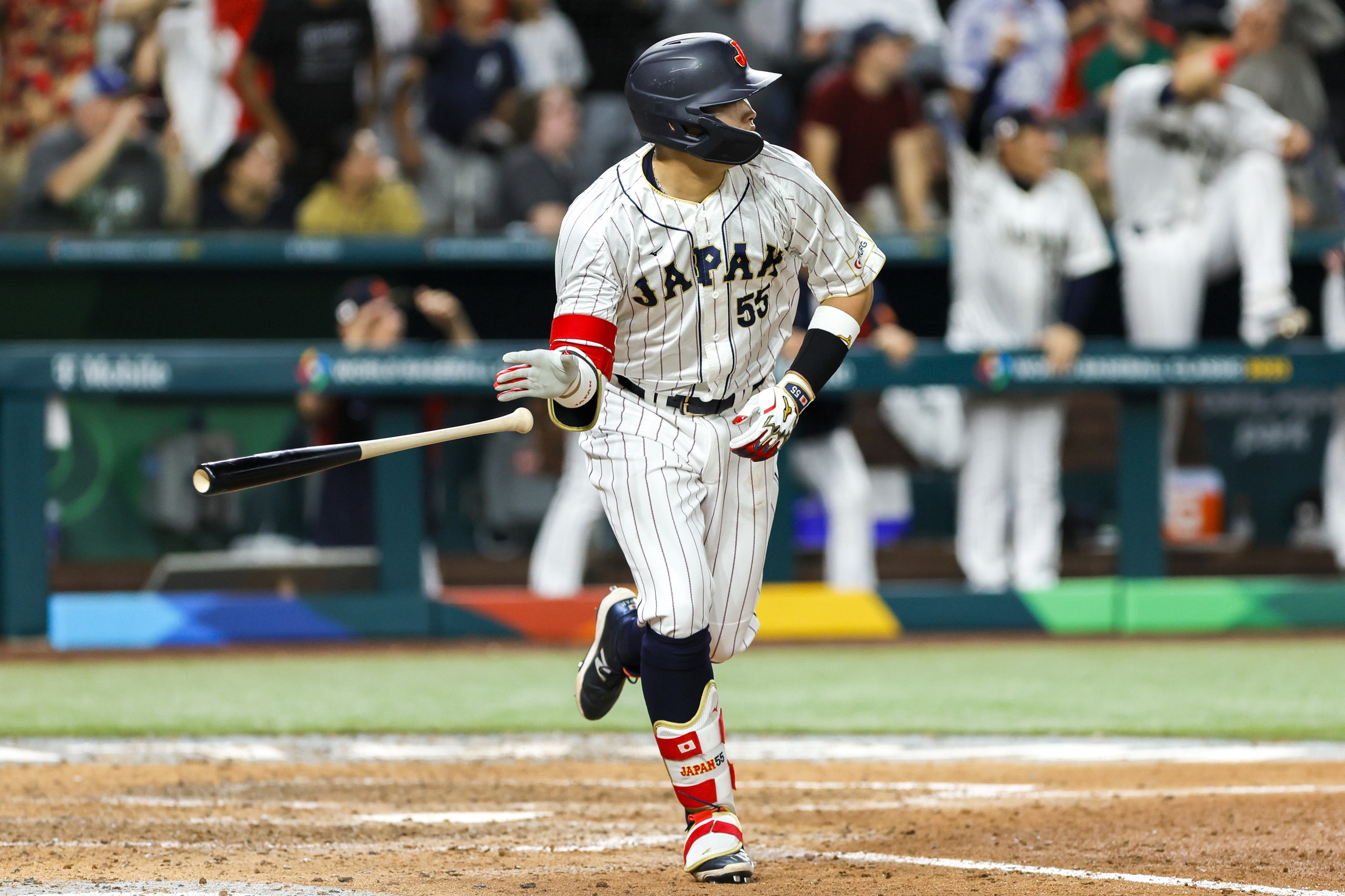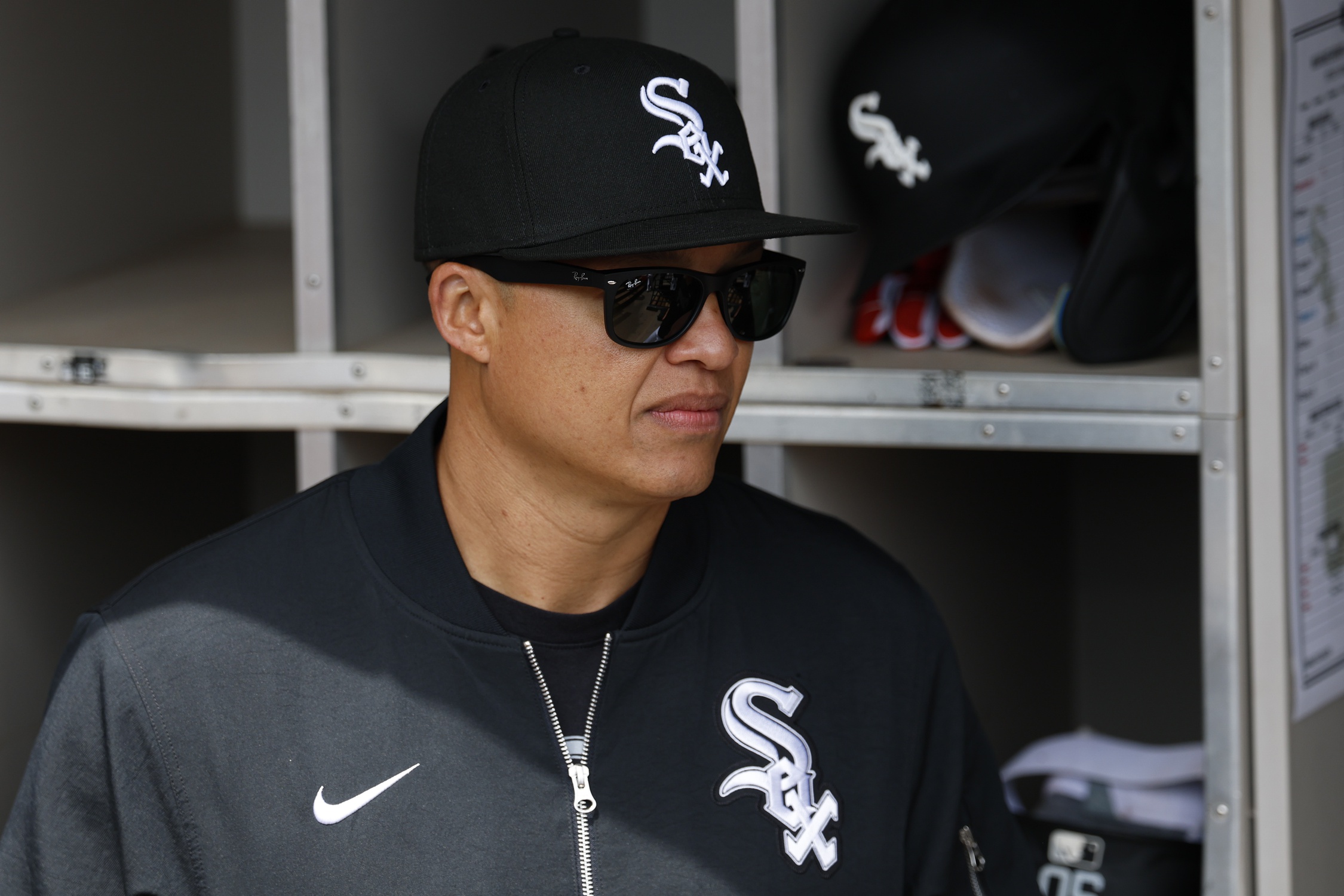PHOENIX -- The largest free-agent contract the White Sox have ever given out was partially driven by a desire to improve their pitch framing, so it's not like the fan base hasn't heard this tune before. But there's a decisiveness to the messaging from White Sox leadership that might feel new.
"At the catching position, improving our framing numbers, knowing the impact that they can have," Chris Getz said when asked about what will define success for the Sox this season. "Considering the amount of pitches that are thrown and receiving being the most important part of the catching game."
"Framing has a massive impact on walk rates," said Brian Bannister. "Framing is the biggest contributor to a catcher's value and we were pretty low on that spectrum last year, and we went out and addressed that last season and brought in some good catchers."
Getting grouchy about the state of White Sox pitch framing doesn't require a deep dive into the organizational investment in the practice over the past 15 years. Just last year, the White Sox finished 28th in framing runs per Statcast, and were tied for last in called strike rate. The front office might have had dreams of Max Stassi's traditionally plus receiving balancing things out, but instead the steady decline of Martín Maldonado's framing was paired with Korey Lee struggling in his rookie season, and in correlation, the Sox pitching staff was the only group in MLB who compiled a walk rate over 10 percent last year.
Even with the worst offense the league had seen in decades, it takes a village to lose 121 games, and the White Sox have to make concerted efforts to address all the contributing factors. Bringing him in via a promotion to bench coach gives him a host of other responsibilities, but Walker McKinven's work with the Brewers was regularly punctuated by huge improvements in catcher framing performance, with one of his biggest ever success stories -- Omar Narváez -- in camp as a non-roster invite. That his presence allows him to share the central tenets of the Brewers' catching practices is a given.
"You don't ask guys to do things that they're not comfortable with, so it's definitely catered to the individual," McKinven said. "That said, there are some foundational things that make good receivers good."
In 2025 baseball, the catcher who works out of a traditional crouch is the alien, rather than one working from one knee and even kicking their other leg out wide to get as close to the dirt as possible to steal strikes, and the White Sox staff is no longer an exception. The whole-hog commitment to this model now sees a position defined by its twin top prospects drilling down to the barely perceptible details.
Effectively the most costly investment in digging out of this situation was trading for Kyle Teel, a catching prospect the White Sox coveted in the draft and the Dylan Cease trade talks before acquiring him to headline the Garrett Crochet trade return. While Teel was a safe bet to stay behind the plate coming out of Virginia, his minor league framing numbers became the stuff of envy after a mechanical adjustment in the second half of last season.
"It's more just the move I was making with my glove path," Teel said of the adjustment, which can be difficult to parse through the variety of stances he hops in and out of depending on the situation. "Setups are very important and I did make setup adjustments, but overall I just cleaned up my [arm] path and quieted down my body movement. Very subtle. If you were to watch the difference between the two, you might not notice the difference. But over the course of a whole game, you might get two or three more strikes and it made an impact."
Teel's athleticism behind the plate is such that you're more likely to notice him hopping between a traditional crouch in anticipation of a runner stealing before bouncing back to a one-knee to steal a strike. But not content to be out-done, since they're both developing solely as catchers at this juncture despite a potential timeshare looming, Edgar Quero has a similar adjustment in mind.
"I was a little bad last year with my receiving, but I'm working on that," Quero said. "A little bit of changing stances, my glove position, trying to beat the ball to the spot."
As is often the case with body movements at the most physically demanding position in the sport, the movements are connected. Even in an era where every catcher is trying to deceive the umpire and every umpire knows it, smoothness and subtlety is still prioritized, and Quero's mechanical change is geared toward making his arms movements seem less drastic.
"He sets his angle better with his glove now, his glove load gives him a little bit more freedom and opportunity to make an adjustment on a misfire by a pitcher, and also just really focus on ripping the ball back to the middle of the zone," said catching coach Drew Butera, whose work with Quero dates back to the Angels organization. "In the one-knee setup, he's a little bit more out in front, which clears space below. His chest is a little over his knee which gets him closer to the hitter and allows him to see the pitch before it hits the dirt, allows the ball to travel longer. And then his load is earlier. It's similar to hitting where if you're late, you're going to rush and that's where some body movement is going to come in. So his glove load is earlier and it gives him more time to react."
While prospect development is generally talked about around camp as the main priority, building an environment that maxes out Teel and Quero should spill over to the entire group. Transparently one of the better athletes on the team, Lee is getting a similar message to trust his tools and remove the rushing aspects of his defensive actions. Matt Thaiss is valued for the wide base that makes him an above-average blocker, ideally helping the many innings coming from young pitchers this season to stay on the rails. And all are subject to the larger directives the Sox are preaching.
"We talked about setups with the catcher being more centrally located in the plate, especially early in counts to make sure that we're attacking early, attacking through the heart of the plate and then expanding off late," said Davis Martin after his Cactus League debut. "We had a big presentation on it. It's something that we've focused on. You look around the league and you see a lot of catchers doing it. You hear about the Tampa Bay Rays, setting up middle early and expanding late. I know it seems like common sense but it's something that I think we can work on. I think we can really exploit it early to pound the zone, get ahead of guys and put ourselves in really good situations to execute pitches late."
Glove-arm adjustments and targeting right down the pipe early in the count won't make the White Sox framing savants on their own, especially when like so much of the organization, the centerpieces of their work, Teel and Quero, aren't going to be on display in the majors when the season begins. But the level of receiving that the organization is capable producing was always clouded by whether it was viewed as the top priority for the position. Even with ABS looming, that shouldn't be the question anymore.
"It's still a work in progress," said Will Venable. "That's why we're here, to work on those things. We've been very intentional about that process that you mentioned, and we're really happy about our performance review process where the pitchers and catchers are getting in a room with Drew Butera and Ethan Katz and we're talking about all these things, going through outings pitch by pitch, at-bat by at-bat and just doing everything we can to fine tune."






